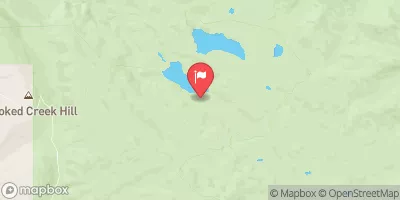Summary
Some of the most prevalent fish species found in the area include rainbow trout, brown trout, cutthroat trout, and brook trout.
In addition to fishing, visitors to the area can also enjoy hiking, camping, and wildlife viewing. The nearby Tongue River Canyon Trail offers stunning views of the surrounding landscape.
When it comes to fishing tips, anglers should focus on using dry-fly and nymphing techniques, as well as using small lures and flies to entice bites from the fish. It is also important to be aware of any fishing regulations and to obtain the appropriate licenses before setting out.
The best time of year to visit Tongue River Fishing West is during the spring and fall months, when temperatures are mild and the fish are most active. Average temperatures during these seasons range from the mid-50s to low 70s.
Overall, Tongue River Fishing West offers a great fishing and outdoor experience for anglers and outdoor enthusiasts alike.
Weather Forecast
Nearby Streamflow Levels
Angling Safety Guidelines
Check local fishing rules, seasons, size limits, and license requirements to ensure legal and sustainable angling.
Handle Fish Responsibly
Use wet hands, minimize air exposure, and release fish gently to improve survival rates when practicing catch-and-release.
Choose the Right Gear
Match your rod, line, and tackle to the species and conditions to increase success and reduce unnecessary harm to fish.
Respect the Waterway
Avoid disturbing habitat, prevent bank erosion, and keep a safe distance from spawning areas to protect ecosystems.
Keep It Clean
Pack out all line, hooks, bait containers, and trash—discarded gear can injure wildlife and degrade waterways.
Related Links
Area Campgrounds
| Location | Reservations | Toilets |
|---|---|---|
 North Tongue River Campground
North Tongue River Campground
|
||
 North Tongue Campground
North Tongue Campground
|
||
 North Tongue
North Tongue
|
||
 Owen Creek Campground
Owen Creek Campground
|
||
 Pine Island Group Campground
Pine Island Group Campground
|
||
 Owen Creek
Owen Creek
|

 Tongue River Fishing East
Tongue River Fishing East
 Tongue River Fishing Site
Tongue River Fishing Site






 Sibley
Sibley